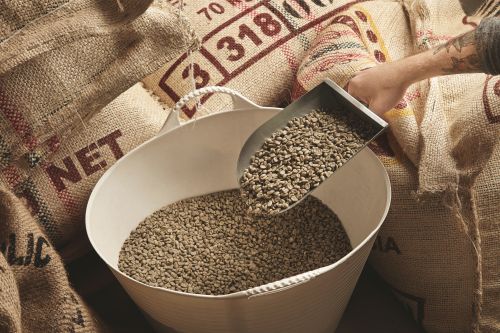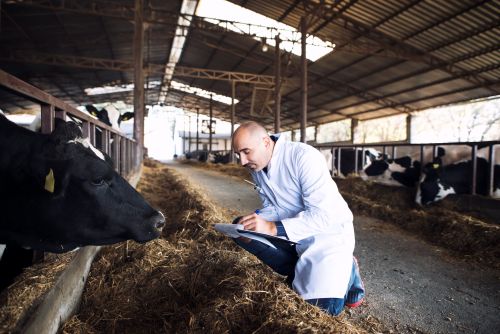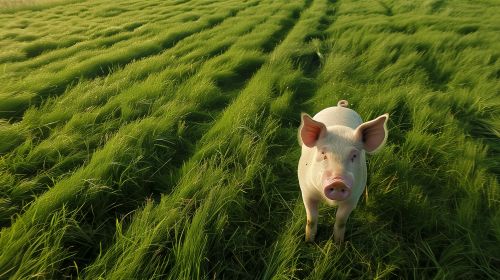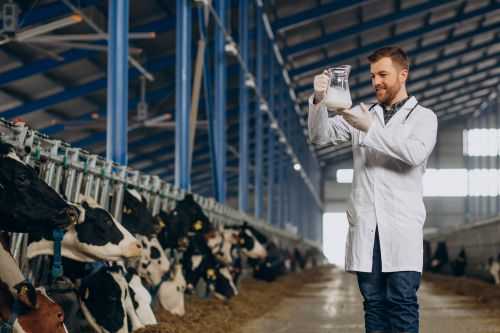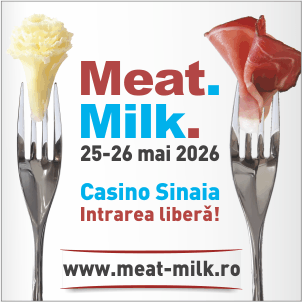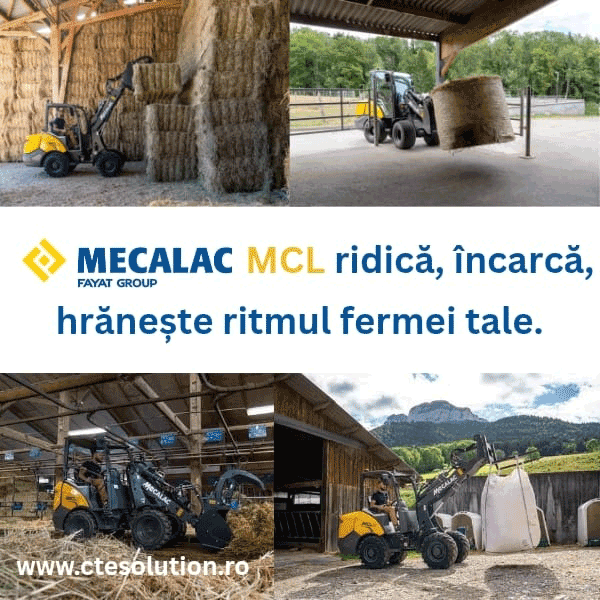1115
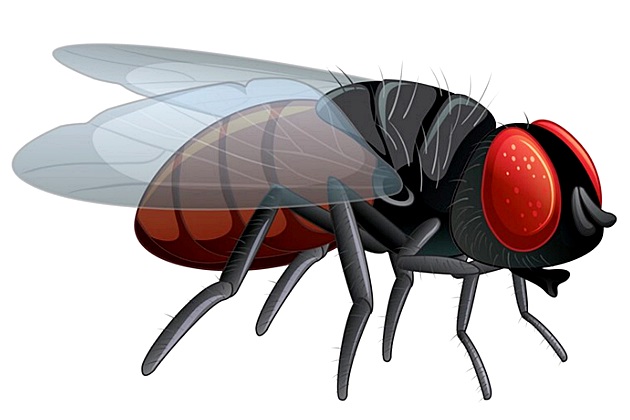
According to PowltryWorld, researchers hope that nutritionally enhanced insects could fortify poultry feed with essential vitamins and minerals, increasing their nutritional value.
Food for fly larvae
Fly larvae will be fed with nutritionally enhanced food waste using naturally occurring nanoscale minerals before being added to poultry feed.
This is part of a feasibility study conducted by scientists from Nottingham Trent University and agricultural technology company Flybox, aiming not only to enhance the nutritional value of poultry but also to reduce the carbon footprint of ingredients.
The research will involve fortifying black soldier fly larvae with essential minerals for nutrition, such as zinc, iron, calcium, and selenium. The larvae will then be added to poultry grains before the research team assesses the nutritional absorption by the birds.
Nutrition for birds and humans
Besides improving the health and well-being of poultry, the approach is expected to enhance the nutritional value for consumers.
Currently, poultry often relies on proteins like soybean oil, but a global shortage means this component is often costly and not environmentally sustainable. The cost of chicken feed has increased by half in the past two years, and demand is expected to double by 2050.
Researchers from Nottingham state that the study will enable the adoption of an alternative solution for hyper-local, low-emission protein, by reducing production costs and adding value to poultry and other animal feed.
The project, part of a two-year, £1 million initiative, will involve setting up a modular insect farm from Flybox on the university campus, which will be used to feed black soldier fly larvae with food waste and nanomaterials.
A nano-enhanced substrate
Researchers will develop a nano-enhanced substrate with essential minerals and natural amino acids for the well-being of poultry. These elements are combined at the atomic level until they grow uniformly to a nanoscale size.
By using minerals at this size, birds and insects can use and metabolize them more efficiently.
Black soldier fly larvae flour is already produced on a moderate industrial scale, but the use of insect meal in Europe and the UK is currently limited to high-margin niches in the pet food sector.
Hyper-local, circular, and low-carbon emissions
Dr. Gareth Cave, a researcher from Nottingham Trent University's School of Science and Technology, said, "We're avoiding the need for all the necessary supplements that are expensive, scarce, and ecologically unsustainable at present."
"Insects are essentially loaded with food from food waste, which then becomes part of a natural diet for poultry. Importantly, this is a hyper-local, circular, and low-carbon emission way to address a serious challenge in the animal feed sector."
Emily Burton, a professor of sustainable food production at the university's School of Animal, Rural, and Environmental Sciences, said, "We see insect larvae as the key to circularizing food production, so it's great to support a project that aims to optimize production and use as poultry feed."
Andrea Jagodic, CEO of Flybox, added, "This is an exciting way to positively influence the economics of the unit for the entire insect protein industry. It's the right time to begin integrating a precision farming approach when incorporating insect meal into commercial feed."
